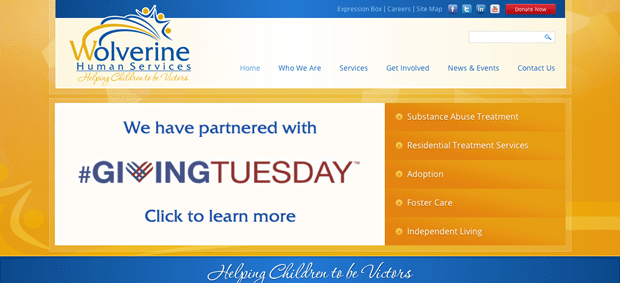
At Web Ascender, we have the pleasure of working with a wide range of organizations, from small startups and local non-profits to Fortune 500 and publicly owned companies. While the reasons we love working with our clients are as diverse as our clients themselves, it is always rewarding to work with clients who make a mission of positively impacting their…
